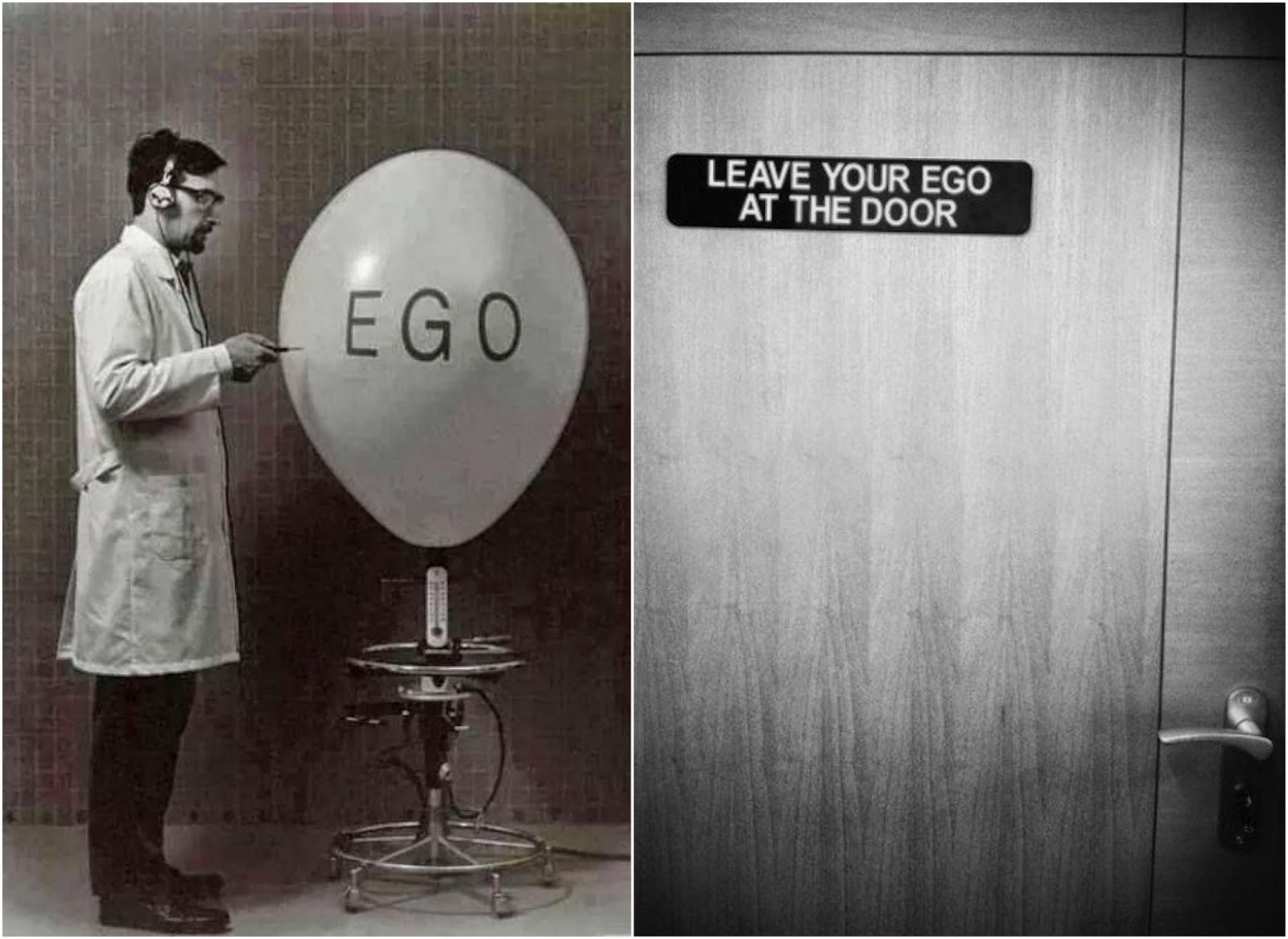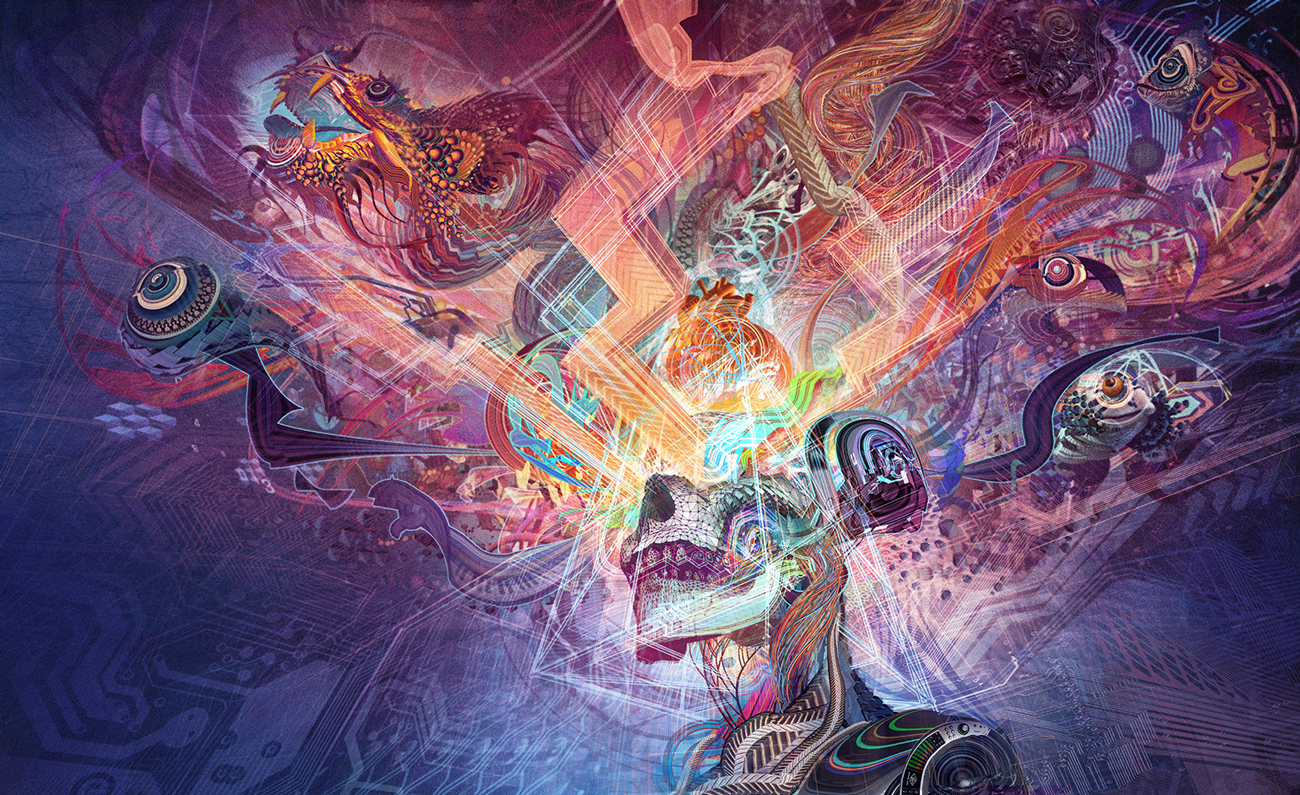Imagine a given point in space as the primordial one; then with compasses draw a circle around this point; where the beginning and the end unite together, emanation and reabsorption meet. The circle itself is composed of innumerable smaller circles, like the rings of a bracelet, and each of these minor rings forms the belt of the goddess which represents that sphere. As the curve of the arc approaches the ultimate point of the semi-circle — the nadir of the grand cycle — at which is placed our planet by the mystical painter, the face of each successive goddess becomes more dark and hideous than European imagination is able to conceive. Every belt is covered with the representations of plants, animals, and human beings, belonging to the fauna, flora, and anthropology of that particular sphere. There is a certain distance between each of the spheres, purposely marked; for, after the accomplishment of the circles through
Page 349
various transmigrations, the soul is allowed a time of temporary nirvana, during which space of time the atma loses all remembrance of past sorrows. The intermediate ethereal space is filled with strange beings. Those between the highest ether and the earth below are the creatures of a “middle nature”; nature-spirits, or, as the kabalists term it sometimes, the elementary.
This picture is either a copy of the one described to posterity by Berosus, the priest of the temple of Belus, at Babylon, or the original. We leave it to the shrewdness of the modern archaeologist to decide. But the wall is covered with precisely such creatures as described by the semi-demon, or half-god, Oannes, the Chaldean man-fish, ” . . . hideous beings, which were produced of a two-fold principle” — the astral light and the grosser matter.
Even remains of architectural relics of the earliest races have been sadly neglected by antiquarians, until now. The caverns of Ajunta, which are but 200 miles from Bombay, in the Chandor range, and the ruins of the ancient city of Aurungabad, whose crumbling palaces and curious tombs have lain in desolate solitude for many centuries, have attracted attention but very recently. Mementos of long by-gone civilization, they were allowed to become the shelter of wild beasts for ages before they were found worthy of a scientific exploration, and it is only recently that the Observer gave an enthusiastic description of these archaic ancestors of Herculaneum and Pompeii. After justly blaming the local government which “has provided a bungalow where the traveller may find shelter and safety, but that is all,” it proceeds to narrate the wonders to be seen in this retired spot, in the following words:
“In a deep glen away up the mountain there is a group of cave-temples which are the most wonderful caverns on the earth. It is not known at the present age how many of these exist in the deep recesses of the mountains; but twenty-seven have been explored, surveyed, and, to some extent, cleared of rubbish. There are, doubtless, many others. It is hard to realize with what indefatigable toil these wonderful caves have been hewn from the solid rock of amygdaloid. They are said to have been wholly Buddhist in their origin, and were used for purposes of worship and asceticism. They rank very high as works of art. They extend over 500 feet along a high cliff, and are carved in the most curious manner, exhibiting, in a wonderful degree, the taste, talent, and persevering industry of the Hindu sculptors.
Page 350
“These cave-temples are beautifully cut and carved on the outside; but inside they were finished most elaborately, and decorated with a vast profusion of sculptures and paintings. These long-deserted temples have suffered from dampness and neglect, and the paintings and frescos are not what they were hundreds of years ago. But the colors are still brilliant, and scenes gay and festive still appear upon the walls. Some of the figures cut in the rock are taken for marriage-processions and scenes in domestic life that are represented as joyful. The female figures are beautiful, delicate, and fair as Europeans. Every one of these representations is artistic, and all of them are unpolluted by any grossness or obscenity generally so prominent in Brahmanical representations of a similar character.

Moe is the founder of GnosticWarrior.com. He is a father, husband, author, martial arts black belt, and an expert in Gnosticism, the occult, and esotericism.





![How the same holy man gave sight to the blind daughter of a tribune, and then coming to St. Alban, there received of his relics, and left other relics of the blessed Apostles and other martyrs [429 A.D.] | Book 1 | Chapter 17 How the same holy man gave sight to the blind daughter of a tribune, and then coming to St. Alban, there received of his relics, and left other relics of the blessed Apostles and other martyrs [429 A.D.] | Book 1 | Chapter 17](https://www.gnosticwarrior.com/wp-content/plugins/contextual-related-posts/default.png)